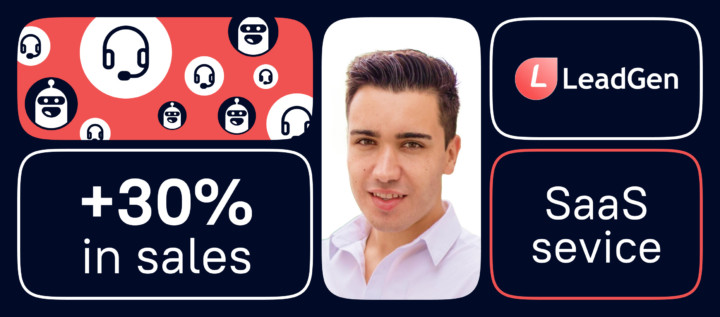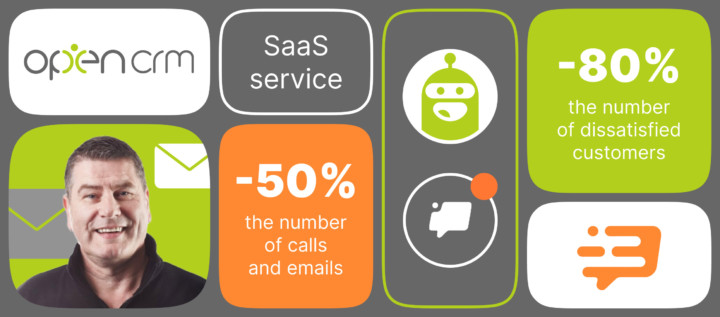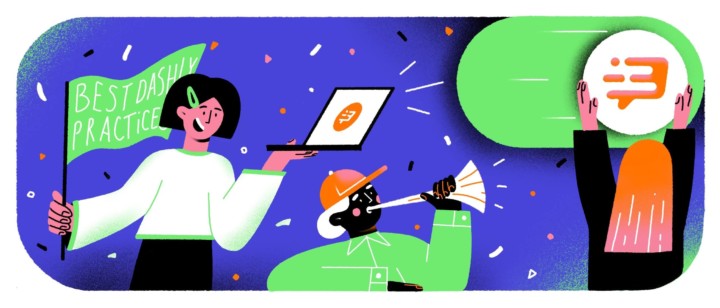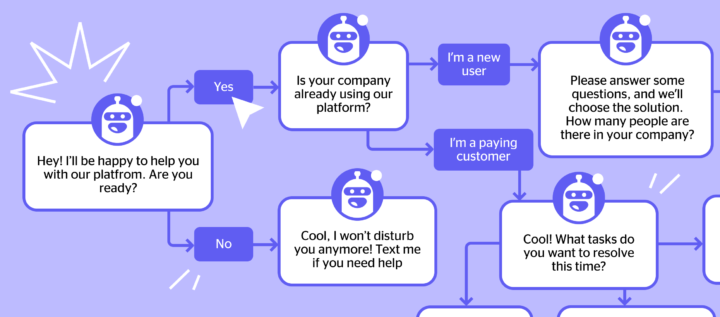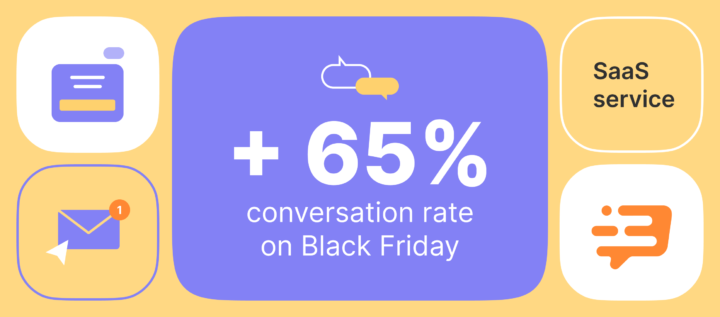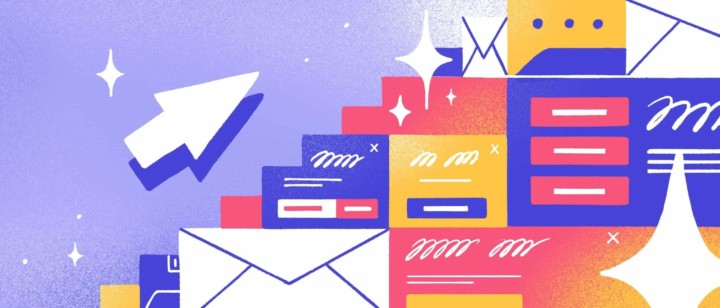How online platform got $3,5K revenue and 70% conversion to signup growth with the Dashly chatbot
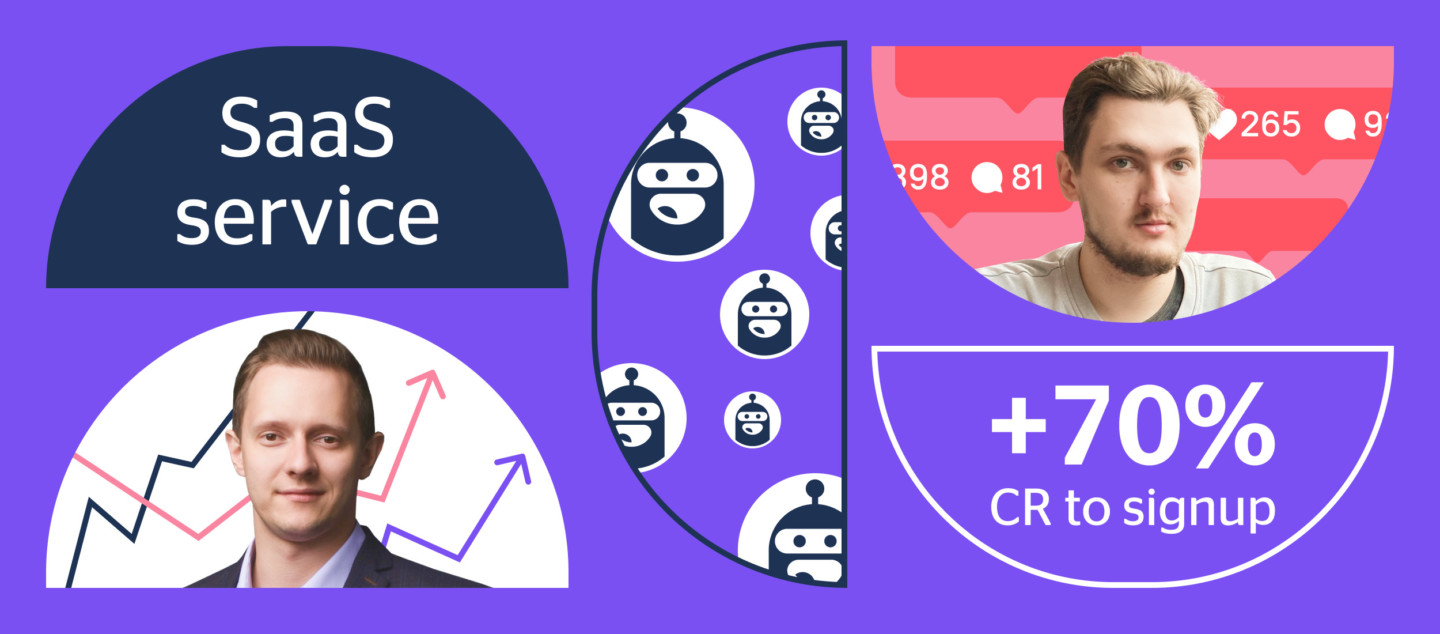
We caught up with Anthony, co-founder of an online platform for Instagram account growth, about how his team engages website visitors on a company blog and the role Dashly plays in communication with clients.
Challenge: High customers churn. Some users left right before payment, and others bought paid features but never launched them.
Solution: Together with the Dashly implementation team, they decided to automate a sales funnel and increase the Conversion Rate at each stage.
Result: In 10 months, the company achieved $3,5k revenue and +70% conversion into signup growth with 33% inactive users reduced.

About the client
The hero of this story is an online platform for Instagram account analytics. Here’s what you can do with this tool:
- analyze your audience and its activity;
- clear bots from your account;
- see which posts work better and why;
- protect your account from spammers;
- find influencers to promote your account with.
Business segment: B2B SaaS
Target audience: account owners who sell products or services on Instagram
Monthly traffic before work with Dashly: 24,5k users
Monthly signups: 4000−5000
Project duration with Dashly implementation team: February to March 2022
Dashly tools: chatbot, emails, pop-ups, live chat integrated with social media and messengers
Sales channels: website traffic.
When the team reached us, the company only consisted of two founders: Anthony, an SMM manager & marketer, and Roman, a developer. In addition, they engaged contractors — copywriters, designers, and developers — to work on other tasks.
It’s the second time we used Dashly to automate the sales funnel. We tested a few campaigns with the implementation team in our first product. After that, we marked improvements in customer loyalty and revenue. So we decided to take the same path with our second product.
We did our best to configure emails. But then we decided to ask someone more experienced for help to run them quicker. We sent a message to a live chat on Dashly’s website, and the agent told us that Dashly managers can help us with the tools’ implementation.
It meant that the Dashly team would do everything for us: make up triggered campaigns to grow the Conversion Rate and test them before launch.
The issue — poor user activation into a product and high churn
Not all users were going through all stages of the funnel. Many of them churned on steps where we wanted them to pay. They didn’t feel encouraged to proceed and couldn’t see why they should do so. 15% of those customers bought some paid features but never launched them — they didn’t know how to do that.
Here’s what the service’s funnel looked like:

The goal and objectives of the project
The client wanted to automate the funnel and increase the Conversion Rate of each stage:
- signup to the website and add an Instagram profile to the account;
- purchase account audit;
- pay for account cleaning and launching it.
These were the tasks the client’s team assigned to Andrew, Dashly’s implementation manager.
My primary long-term purpose of using Dashly is to increase revenue. As a marketer, I realize that if I grow business metrics like the Conversion Rate, ARPU, or LTV by as little as 5%, I’ll generate two or three times more revenue. So that’s why we are doing our best to improve each metric a bit.
How we developed the campaign scenario
Before coming to the Dashly implementation team, the client had only a few live chat campaigns on their website. The first thing Andrew did was develop a user interaction strategy with a client.
We defined which Dashly tools they would use to chat with users, guide them along the funnel, and encourage them to buy. I described the strategy in a map of 25 campaigns. Then, Anthony and I selected our 18 primary campaigns — the ones that will yield feasible outcomes the fastest.
Now, we’ll tell you how we implemented the best campaigns designed to increase the conversion to sign up to the platform and paid features purchase.
If you have trouble launching chatbot campaigns yourself, we developed 16 chatbot campaigns for SaaS that will guide your users along the funnel. All you have to do is to insert relevant text and images.
Check it out:
70% increase in conversion to sign up with a chatbot campaign
Before working with Dashly personal manager, the client got only 20% of website visitors signing up to the platform.
The client launched a live chat campaign using Dashly before contacting our team. When users entered the website, they saw the same live chat message offering them to run a free Instagram account audit.
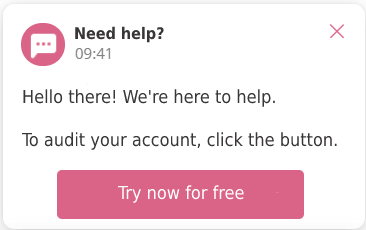
We suggested running a chatbot campaign instead of triggered messages in a live chat to increase the conversion to signup. A chatbot campaign would help us:
- prompt users about the value of the platform;
- remind them to sign up first.
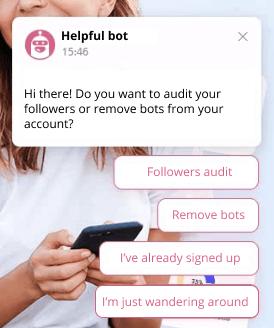
Together with the client, we made up a chatbot campaign in Dashly. It asks users what they want: audit followers or remove bots. We deliberately wrote about the value of the feature to attract users’ attention.
For example, we offered to “Audit followers” and “Remove bots” instead of “Offer a full audit” and “Order account cleaning.” We only mentioned the two most popular features to facilitate user communication with a chatbot.
We added the “I’ve already signed up” button to avoid misunderstanding. Plus, we configured the “I’m just wandering around” button so that the chatbot doesn’t irritate users who don’t want to be engaged.
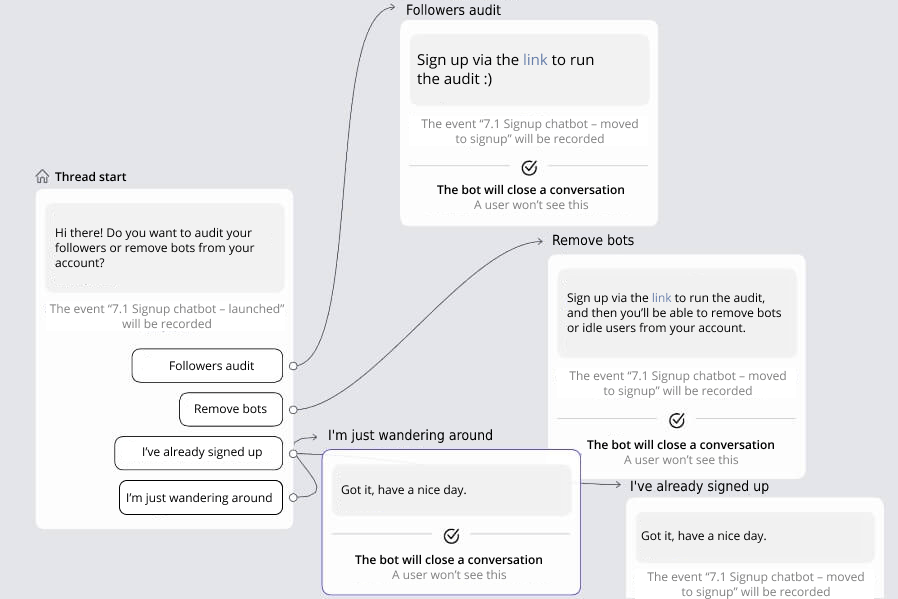
We decided to run an A/B test to see if a chatbot campaign performs better than a live chat campaign.
The chatbot campaign worked great. During a two-week test, the conversion to signup was 36% more than we had with a triggered live chat campaign. The conversion to adding an Instagram profile to an account was 31% more.
Here’s a comparison:
| A triggered message in a live chat | Chatbot campaign | |
| Signup count to the platform | 132 | 171 |
| The conversion to signup relative to live chat impressions | 2,2% | 3% |
| Adding Instagram profiles to accounts and free audit count | 75 | 127 |
| The conversion to adding an account and running a free audit | 56,8% | 74,3% |
Chatbot still works. Comparing its current performance to a test with triggered live chat messages during a test, we have the following results:
| Metric | Before — a triggered message in a live chat | After — a chatbot campaign | Growth |
| New User count | 264 | 480 | +216 |
| The CR to signup | 2,6% | 4,4% | +70% |
| Adding a profile to account and free audits | 150 | 340 | +190 |
| The CR to adding an account | 56,8% | 70,8% | +25% |
Outcome
Using a chatbot, we got a 70% increase in conversion to signups. As for the overall funnel performance, it added 5% to the conversion to sign-up.
+30% of paid services revenue with pop-ups and emails
Before work with Dashly, only 23% of users purchased the client’s features.
We set up an onboarding system with the client, using Dashly tools to guide users along the funnel and encourage them to buy features. Next, we implemented pop-ups into the platform and described the value of paid features using them. In our best-performing pop-up, we added Anthony’s video guide.
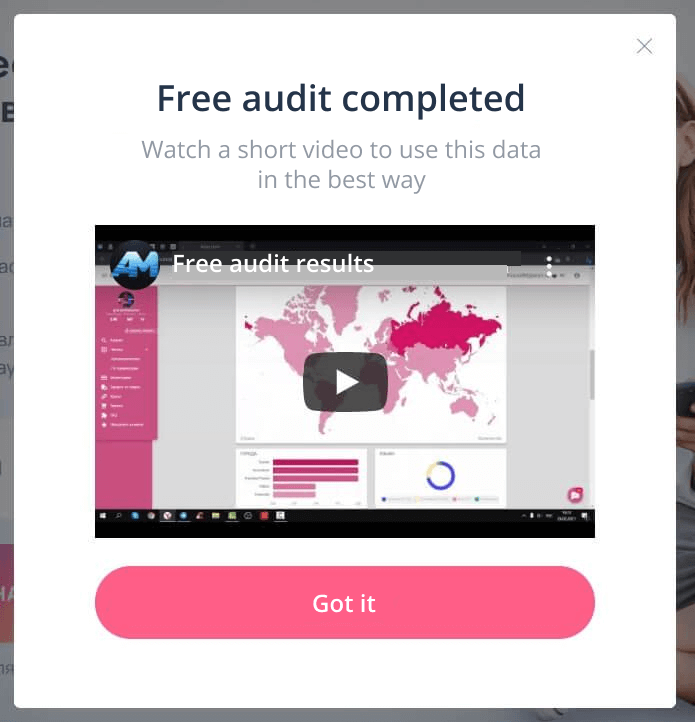
The pop-up’s performance a month after the implementation:
- revenue amounted to $2k (the minimum price for a feature is $3, and we got 653 transactions);
- conversion to purchasing a full audit was 8% of impressions.
In addition to pop-ups, we set up email campaigns to reach users who bounced and didn’t purchase features. Each of them contained two emails:
- the first one was sent right after a user bounced;
- the second one was only sent after two days to avoid irritation. If a user purchased a feature after the first email, we wouldn’t send the second one to them.
A copywriter on the client’s side wrote texts for all emails. He knew the company’s tone of voice well, and Anthony was comfortable with that. We were responsible for the design and layout.
That’s what the best-performing email looked like. It generated $1,5k of revenue with the Open Rate of 53%.
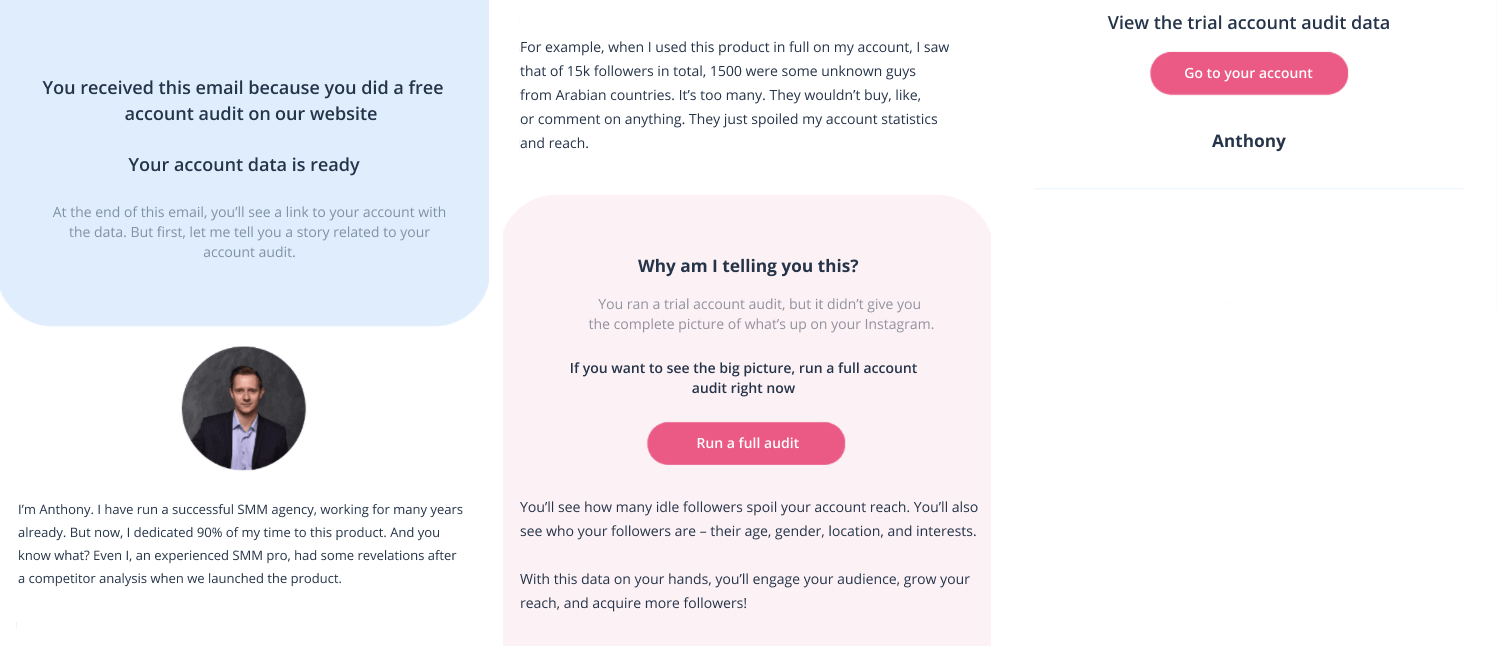
Overall email performance a month after the implementation:
- revenue — $1.5k (ARPU— $2.5, 574 transactions);
- the Conversion Rate of each email was from 7% to 15%;
- emails generated 30% of all feature sales.
Decrease by a third in the number of users who didn’t use a paid feature with pop-ups and emails
The issue here was that 15% of users who bought the Instagram account cleaning never launched it. They simply didn’t know how to do it.
We used pop-ups to decrease the number of such users and encourage them to run account cleaning. Beyond the product, we sent emails to reach them.
In a pop-up, we notified users that they successfully paid for the cleaning, and offered a video guide on launching it.
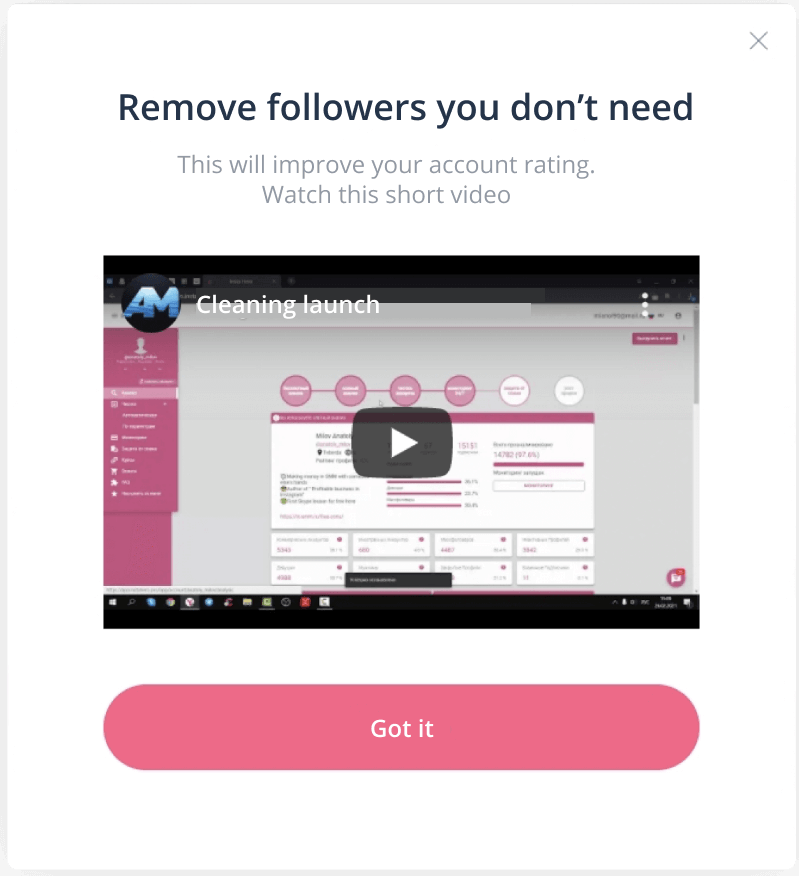
The pop-up’s conversion to cleaning launch a month after the implementation was 45%.
If a user still didn’t run the account cleaning after seeing a pop-up, they would receive a campaign of two emails.
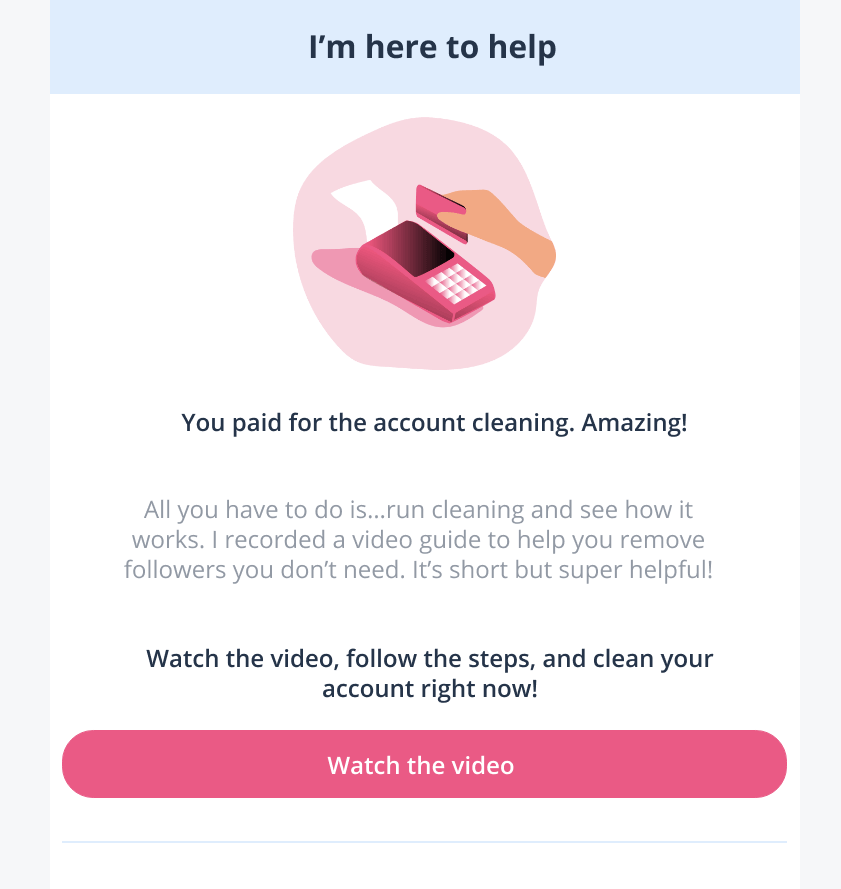
The emails’ one-month performance:
- the conversion to cleaning launch was 76%;
- emails generated 34% of all cleaning launches.
Overall, Dashly tools increased the conversion to using paid features. Now only 11,5% of users don’t run them, instead of 15%.
We saved all emails as templates on the platform. Anthony used them later to extend communication campaigns. He added new emails and tested them. After that, he just edited texts and images to run a campaign.
The outcome: we helped the client increase turnover 5-fold

Using Dashly tools — pop-ups, chatbot, and emails — we built the automated sales funnel with the client and increased the Conversion Rate of each stage:
Dashly team developed and implemented triggered campaigns with the client that still work and generate more significant revenue each month. In addition, the client uses campaigns we saved as templates and scales them independently.
Thanks to emails, we could grow the LTV — our users are more likely to buy again. The Conversion Rates to repeat purchases and enabling an Instagram profile in an account also increased.
In 10 months, we increased revenue by five times. Dashly and the implementation team contributed to this result.
Client feedback and plans for the future
The client is planning to continue using Dashly tools. In the nearest future, they want to scale their email campaigns.
Now there are only four or five emails in our campaigns. If they sell, we’ll add the 6th or 7th emails. We’re going to scale while we see their performance. Or we may want to loop the campaign so that users get the first email right after they get the last one.
Read also:
How to Improve ROI with This Sales Funnel Management Guide
Sales Funnel Template: Create, Customize, Convert



